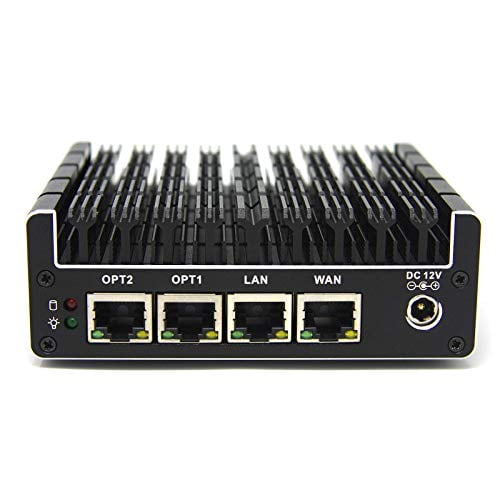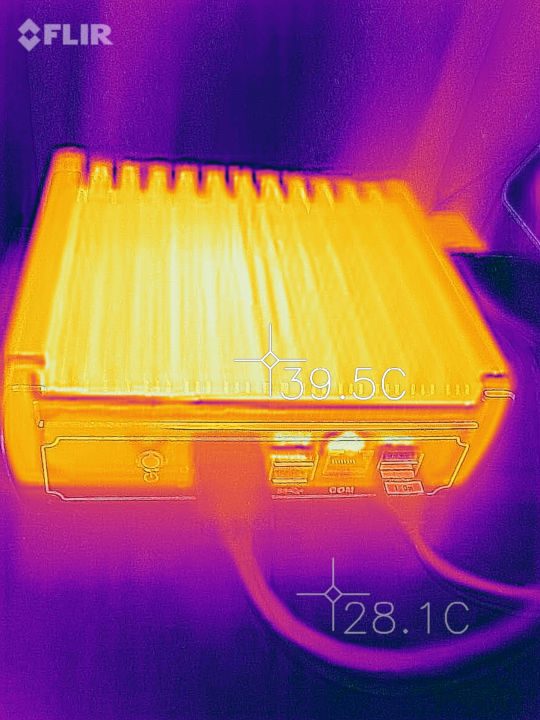

What happened is that starting with Suricata 6.0.9 the upstream group merged in the same netmap device changes for multiple host rings support that we have been using in pfSense since August 2021. In fact, the issues thread you linked to in OPNsense were the reason the OPNsense developer opened the Suricata Redmine Issue I linked earlier (#5744). Yes, the issue you linked to there is part of the same Suricata problem. The pinout is the same as ports 1,3,5, and 7 above.Īs always, if you have any questions, feel free to reach out to us at Or you can find additional information in our Knowledge Base.Said in 6100 SLOW in comparison to Protectli I actually started with OPNsense on Proxmox. This USB header is for a single USB port. A pinout of the header can be found below. The front panel header is a standard computer header used for connecting indicator lights or buttons. There are several internal headers on the FW6 that are not in use in the FW6 enclosure, but are available for use if the MB is used in a different enclosure. Please note that we highly recommend the use of a 2.5″ SSD drive and NOT spinning HDD’s primarily due to heat dissipation on the inside of the Vault’s enclosure. This provides adequate room for the SATA and power connectors. Note: You will likely need to offset the 2.5″ mounting bracket as pictured below. The Vault comes with the SATA data, SATA power, and 2.5″ mounting bracket included. The photo below shows the mounting of the optional 2.5″ SATA Solid State Drive (SSD) on the inside of the bottom cover. It is important to note that FreeBSD based Operating Systems like OPNsense/pfSense® CE do not work with the mPCIe 802.11ac WiFi kit due to the lack of underlying driver support. Protectli also sells a compatible mPCIe 802.11ac Wifi kit that is available here. Note that the WAP01K Wifi kit, while PCIe in form factor, operates over USB channel communication, limiting functionality as compared to PCIe modules. The Antennas can be mounted to the chassis via the pre-drilled chassis holes on the front panel (as called out in the above picture). When using the WiFi module, it must be inserted first and the antennas connected before the mSATA module is inserted. The WiFi module socket is underneath the mSATA socket. More information can be found at this link.


If only using one memory module, it can be placed in the top or bottom slot. There are 2 SO-DIMM sockets for memory, but only 1 module needs to be inserted for the system to function. The FW6 series uses low voltage DDR4L 1.2V memory. All of these CPUs have built in support for Intel’s AES-NI hardware encryption. There is an Intel Celeron 3867U, an Intel i3 8130U, an Intel i5 7200U, an Intel i5 8250U, and an Intel i7-8550U.


 0 kommentar(er)
0 kommentar(er)
